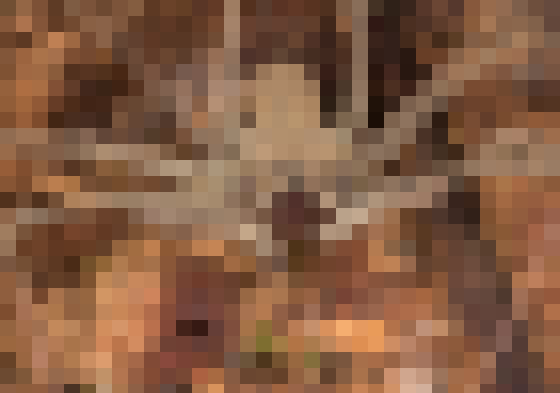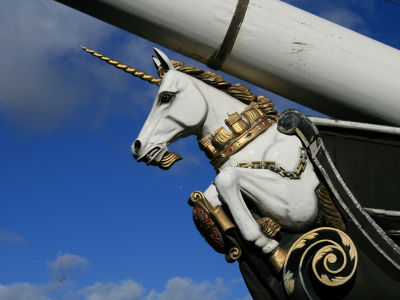If we were to analyze the Xenomorph from the 'Alien' movie series from a zoological and biochemical perspective, it would look like this

by
Xenomorph is the name of a specific species of extraterrestrial life form that appears in the ' Alien ' film series directed by Ridley Scott. The Xenomorph is depicted as having a sturdy body, the ability to survive in outer space, and a ferocious nature, as its young are seen tearing apart the human body they have parasitized from the inside.
The results of a study of the Xenomorph from a zoological and biochemical perspective have been published in the Journal of Geek Studies, which analyzes science and technology related to geek culture.
Xenomorphia ex machina: the zoology and biochemistry of xenomorphs from the Alien franchise – Journal of Geek Studies
https://jgeekstudies.org/2024/12/02/xenomorphia-ex-machina-the-zoology-and-biochemistry-of-xenomorphs-from-the-alien-franchise/
The report 'Xenomorphia ex Machina: Zoology and Biochemistry of the Xenomorphs in the Alien Series,' co-authored by Luca Tonietti of the Department of Science and Technology at the University of Partenope in Italy and Guillermo Climento Gargallo of the Department of Biology at the University of Naples Federico II in Italy, begins with a hypothetical taxonomic examination of the Xenomorphs. Taxonomy usually involves observing the DNA sequence of an organism, but since the DNA sequence of the Xenomorph is unknown, the taxonomy is based on morphology , which is the macroscopic and visible characteristics of the organism's organs and tissues.
Xenomorphs have a beetle-like exoskeleton and insect-like body segments, and are morphologically similar to terrestrial arthropods. They are also classified as chelicerates because of their basic body structure and scorpion-like chelicerae . Given that xenomorphs have an unprecedented morphology, with chelicerate-like limb structures and mouthparts, but also a chelicerate-like tail segment, and that they are of extraterrestrial origin, the authors propose a new taxonomic order, Xenomorpha, family, and genus, Xenomorphidae.
The Xenomorph's exoskeleton provides high protection against flamethrowers and bullets, and also has the ability to regenerate tissue that has been destroyed. The cephalothorax of arthropods is a shell-like structure that covers the sensory system and is integrated into a sturdy helmet-like head that protects the important sensory organs. The tube-like structure on the back is thought to be a chemical sensor or respiratory system similar to the lungs , which are respiratory organs of arachnids.
A distinctive feature of the Xenomorph's appearance is its chelicerae (mouth), which resemble the mouthparts found in spiders, horseshoe crabs, and sea spiders. The Xenomorph's chelicerae are transparent throughout the work, including the fangs, pincers, and jaws, giving it the power to prey and even tear through metal. Below is the chelicerae of an armoured bug , which the authors gave as a similar example. Click on the image to see a larger version with the mosaic removed.

The Xenomorph's segmented limbs also have sickle-like claws, giving it limbs that are both flexible and strong. At the same time, when moving, it is stealthy, able to sneak around quietly without making a sound. Its ability to quickly switch from a moving state to an attacking state matches the characteristics of creatures such as mantis shrimp. The Xenomorph also has a scorpion-like tail that can be moved freely like the limbs and serves the role of both attack and defense. However, the Xenomorph's tail does not appear to contain any poisonous substances.
From the perspective of biochemistry, the study of chemical processes in living organisms, the Xenomorph's distinctive

The Xenomorph's hemolymph is depicted throughout the series as fluorescent, greenish or yellowish in color. In biological systems, fluorescence is due to the presence of certain molecules, but in the case of the Xenomorph, the authors point out that this is due to hypothetical 'biofluorescent' molecules. For example , polycyclic aromatic hydrocarbon molecules may be suitable for the Xenomorph's hemolymph, as they contain the elements that cause the fluorescence by absorbing and re-emitting light, as well as being stable and resistant to acidic conditions.
The Xenomorph's exoskeleton can also be inferred from its highly acidic hemolymph. One molecular candidate for the exoskeleton that could withstand the extremely acidic hemolymph is polytetrafluoroethylene (Teflon), which has excellent heat and chemical resistance.
Another distinctive feature of the Xenomorph is its life cycle. In 'Alien,' a young one is first laid on the crew of a spaceship, and after it is born by consuming the host, it grows rapidly by repeatedly shedding its skin. Also, in 'Alien 2,' there is a scene in which the queen species, the Alien Queen, lays a giant egg. In addition, in ' Alien 3 ,' a dog is infected with a Facehugger, a type of Xenomorph, and in ' Alien: Covenant ,' a Neomorph appears that displays unique parasitic characteristics, demonstrating the high versatility of Xenomorphs as parasitic organisms.
The Xenomorph's life cycle matches the tactics of real-life parasitic wasps , whose larvae grow by feeding on plants and animals. Some parasitic wasps use long ovipositors to deposit eggs deep inside insects, a feature that closely resembles that of the Xenomorph and Neomorph.
The authors state about the Xenomorph, 'The Xenomorph emerges as a creature that transcends conventional science fiction cinematic lore. Created by director Ridley Scott and creature designer H.R. Giger , the creature has become an iconic 'alien' figure of fear in film and creative imagery. Our quest is to analyze this fictional creature beyond the cinema, and to place the alien force within the framework of known biological diversity.'
Related Posts:







